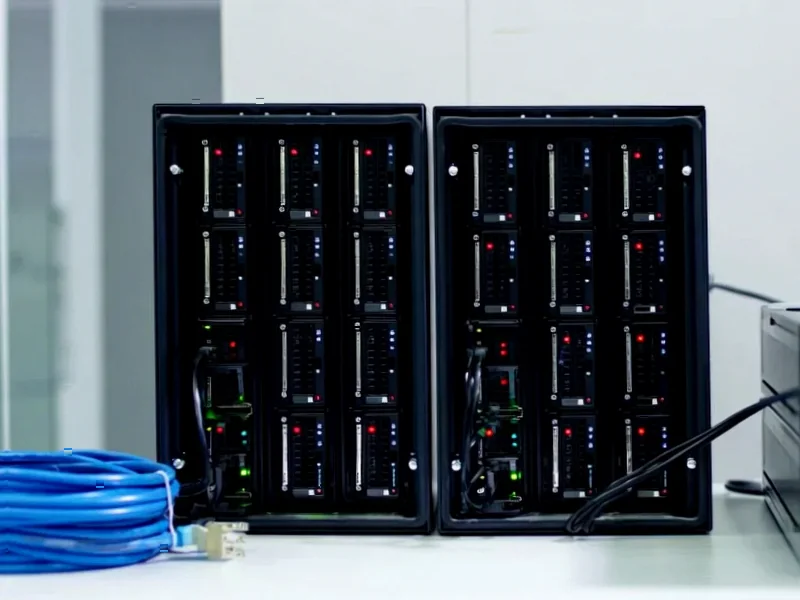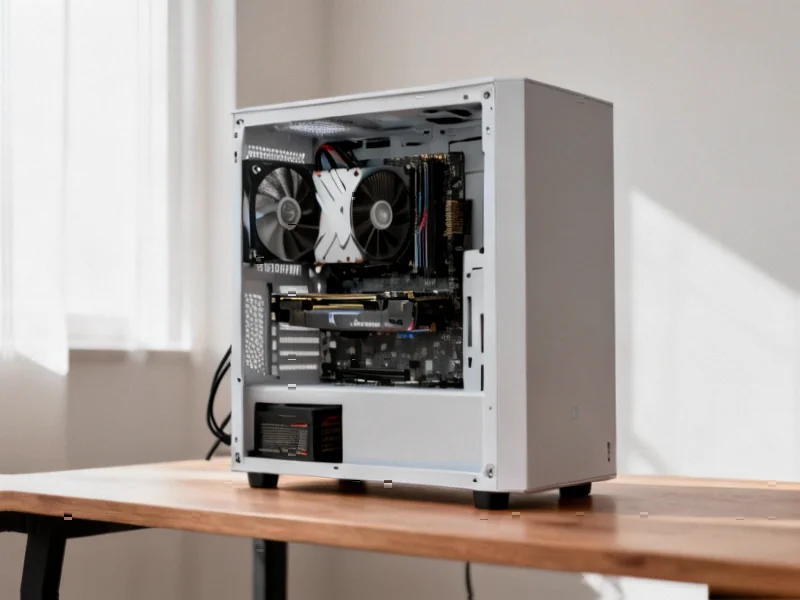According to Phoronix, the upcoming Linux 6.19 kernel will feature significant improvements to PCI resizable BAR support through code reorganization and new API functions. The changes involve moving resizable BAR code from the catch-all pci.c file to a newly created rebar.c file, creating a more modular and maintainable codebase. Developers are introducing new API functions that allow the PCI core to handle operations previously requiring driver intervention, simplifying endpoint driver code. Additionally, the update converts BAR sizes bitmask from u32 to u64 to accommodate future PCIe specifications that exceed current size limitations, though support for sizes beyond 128TB isn’t being added immediately. These foundational changes are being submitted separately from broader resource assignment logic improvements to streamline the development process.
Table of Contents
The Technical Significance of Code Reorganization
The movement of resizable BAR code from pci.c to a dedicated rebar.c file represents more than just code cleanup—it signals the maturation of PCI resizable BAR as a core kernel feature. When a technology gets its own dedicated source file in the Linux kernel, it typically indicates that the feature has moved from experimental to production-ready status. This separation makes the codebase more maintainable and reduces the risk of regressions when other PCI subsystems are modified. The fact that there are no remaining pci_rebar_*() calls from pci.c after the move demonstrates that this is indeed a well-defined, self-contained subsystem within the broader PCI core architecture.
Driver Simplification and Industry Impact
The introduction of new API functions that handle resizable BAR operations within the PCI core rather than requiring driver intervention represents a significant step toward standardization. This approach reduces code duplication across different hardware drivers and makes it easier for new hardware vendors to implement Linux support. By centralizing this functionality, the kernel developers are essentially creating a standard API contract that hardware manufacturers can rely on, which should lead to more consistent performance across different devices. This is particularly important for enterprise and data center environments where predictable performance across diverse hardware configurations is critical.
Future-Proofing for Next-Generation Hardware
The conversion of BAR sizes bitmask from u32 to u64 is a forward-looking change that anticipates hardware capabilities well beyond current market offerings. While the immediate practical impact may be limited since support for sizes beyond 128TB isn’t being implemented yet, this change prevents a future breaking API modification that would disrupt driver compatibility. This type of proactive architecture consideration is characteristic of mature open-source projects thinking several hardware generations ahead. The decision reflects lessons learned from earlier PCIe transitions where size limitations created significant migration challenges for the ecosystem.
Linux Kernel Development Strategy in Action
The approach of submitting these improvements separately from broader resource assignment logic changes demonstrates the sophisticated patch management strategy employed by Linux kernel maintainers. By breaking large feature sets into smaller, independently reviewable patches, the development process becomes more manageable and less prone to introducing regressions. This modular development approach also allows different subsystems to evolve at their own pace while maintaining overall system stability. The separation suggests that more comprehensive resizable BAR enhancements are in the pipeline, with these changes serving as foundational building blocks for future capabilities.
Performance and Compatibility Implications
While these changes are primarily architectural improvements rather than direct performance enhancements, they create the foundation for better resizable BAR utilization across diverse hardware configurations. The simplified driver logic means that hardware vendors can more easily optimize their Linux drivers for resizable BAR functionality, potentially unlocking performance benefits in graphics, networking, and storage applications. However, the real test will come when these changes reach production kernels and hardware manufacturers begin leveraging the new APIs in their driver implementations. The transition should be seamless for end users, but driver developers will need to update their code to take full advantage of the simplified programming model.
Related Articles You May Find Interesting
- The 3 Soft Skills That Will Future-Proof Finance Careers
- CISA Layoffs Cripple Critical Infrastructure Security Partnerships
- The Selfish AI Problem: Why Smarter Models Make Worse Partners
- Rockstar’s Union-Busting Allegations Threaten GTA VI’s Development
- Credit Unions’ Stablecoin Revolution: From Legacy to Ledger




